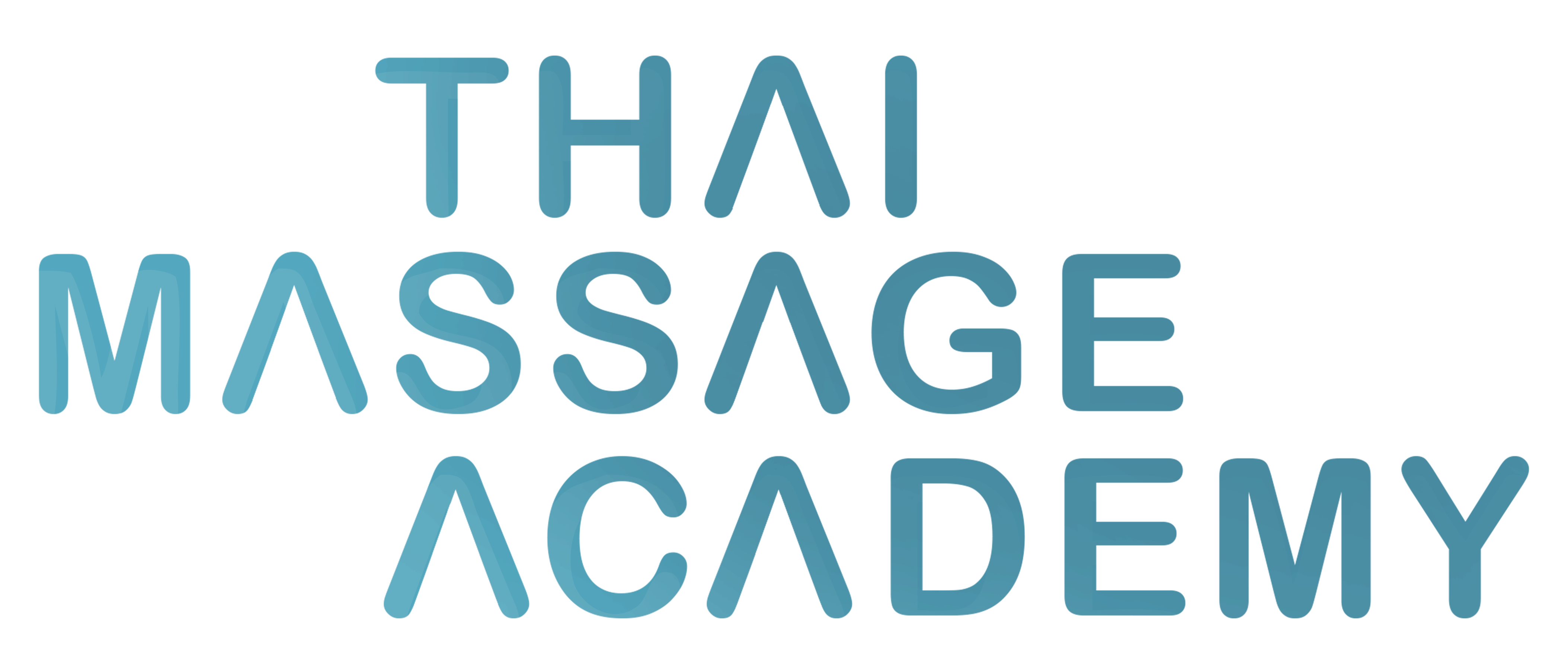The parasympathetic nervous system is one of two divisions of the autonomic nervous system, which controls the body’s involuntary functions. The other division is the sympathetic nervous system.
The parasympathetic system is often referred to as the “rest and digest” system, as it is responsible for controlling the body’s resting and vegetative functions, such as digestion, absorption, and elimination. It helps to regulate the body’s functions when it is at rest or in a relaxed state, and is generally associated with a lower heart rate, relaxed muscles, and increased blood flow to the organs.
The parasympathetic system is activated by the vagus nerve, which runs from the brainstem to the abdomen, and is involved in controlling many of the body’s internal organs. It works in opposition to the sympathetic nervous system, which is responsible for the body’s “fight or flight” response to stress or danger.
Maintaining balance between the sympathetic and parasympathetic systems is important for overall health and well-being, as an imbalance can lead to a range of health problems.
Thai massage is a type of bodywork that combines elements of yoga, acupressure, and meditation to promote relaxation and overall well-being. It is often used to help balance the body’s systems and support the functioning of the parasympathetic nervous system.
During a Thai massage session, the therapist uses a combination of gentle stretching, rhythmic compressions, and pressure point massage to help relax the muscles and stimulate the flow of energy (known as “chi” or “prana”) through the body. Thai massage can help to reduce stress, improve circulation, and promote a sense of calm and relaxation.
Some specific techniques that Thai massage therapists may use to support the parasympathetic nervous system include:
- Acupressure: Applying pressure to specific points on the body can help to stimulate the flow of energy and promote relaxation.
- Stretching: Gentle stretching can help to improve flexibility and relaxation.
- Rhythmic compressions: Massaging the muscles using rhythmic compressions can help to promote relaxation and improve circulation.
- Meditation: Thai massage often incorporates elements of meditation, which can help to promote relaxation and reduce stress.
It is important to work with a trained and licensed Thai massage therapist to ensure that you receive a safe and effective treatment.



